School bullying may or may not be more prevalent among the digital generation but it’s certainly evolved, says former Harris head Jim Thewliss.
In the wake of video showing a brutal classroom assault at Waid Academy, in Fife, the School Leaders Scotland general secretary described how schools can be a melting pot for cyber bullying outside them.
Head teacher at Harris Academy for 18 years until 2015, Mr Thewliss has dealt with bullying both before and after the rise of mobile phones and social media.
He said: “I wouldn’t be confident it [bullying] has got worse but it has a completely different aspect to it, particularly in the role of social media.”
An investigation by The Courier found that social media accounts dedicated to fights and bullying are rife in Tayside and Fife secondary schools.
Our social media team found at least 70 public pages on Instagram and TikTok set up for cyberbullying.
Social media platforms
Schools, Mr Thewliss said, deal with the consequences of taunts and threats circulating on social platforms outside the classroom.
He said: “The worst part is Monday mornings.
“Some young people have been sending horrific stuff over the weekend and suddenly this plays itself out on a Monday morning.
“It [school] is very often the first place young people exchanging unpleasantries get together.
“Much of it is transported into the school from the community – the school is just the common meeting place.”
But he stressed: “Schools are generally safe places for young people.”
Distinction between bullying and violence
Distinction must be made, he said, between bullying and incidents of violence.
Regarding the Waid incident, he said: “There would appear to be aspects of both attached to this one.”
The Fife school has been criticised for not immediately calling police to either the classroom attack – in which one girl kicked another on the head and face – and another incident on the same day in which a boy was allegedly knocked unconscious.
Mr Thewliss said: “From time-to-time police action is appropriate.”
He said: “Schools will have policies in place for dealing with acts of violence and very definitely for dealing with bullying.
“Teachers are well versed in recognising and understanding the difference and trying to deal with issues.”
Bullying in schools
But he said bullying and aggression in schools can often have roots in longstanding feuds.
“When you have something this deep-seated it’s a very, very difficult and challenging thing to do.”
He defended the use of restorative practices employed by schools to deal with bullying, which can include mediated conversations, peer support and use of exclusion or expulsion only as a last resort.
“The policies are designed to be enabling and supportive and for a large part they are,” he said.
If you are a member of staff in the classroom when something like this happens, yes, it’s distressing, very distressing.”
“On balance, I see the restorative way as the only long term way of solving it.
“If you are going to punish people for an assault – and there has to be some sort of punishment – you have to be able to come back from it so there has to be some form of restoration there.
“That’s part of the role of guidance staff – if you have 1,400 young people in a school they have to be able to exist together.”
It’s not just those directly involved in acts of bullying or violence in schools that suffer, he pointed out.
Teachers and fellow pupils who witness events can be deeply disturbed.
“If you are a member of staff in the classroom when something like this happens, yes, it’s distressing, very distressing.”
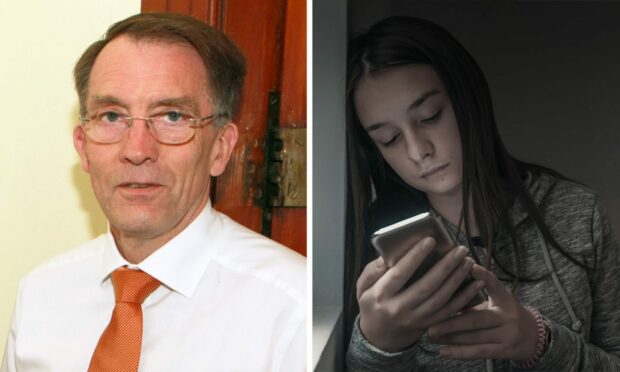

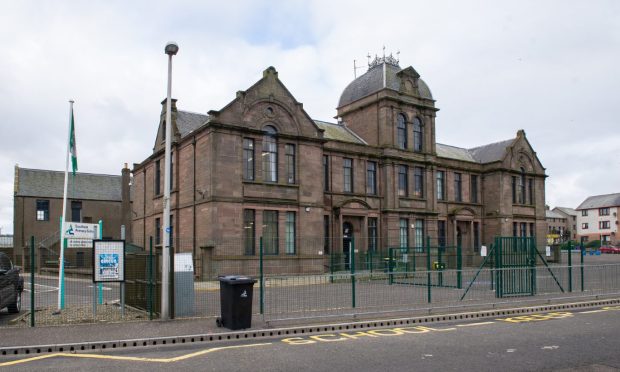

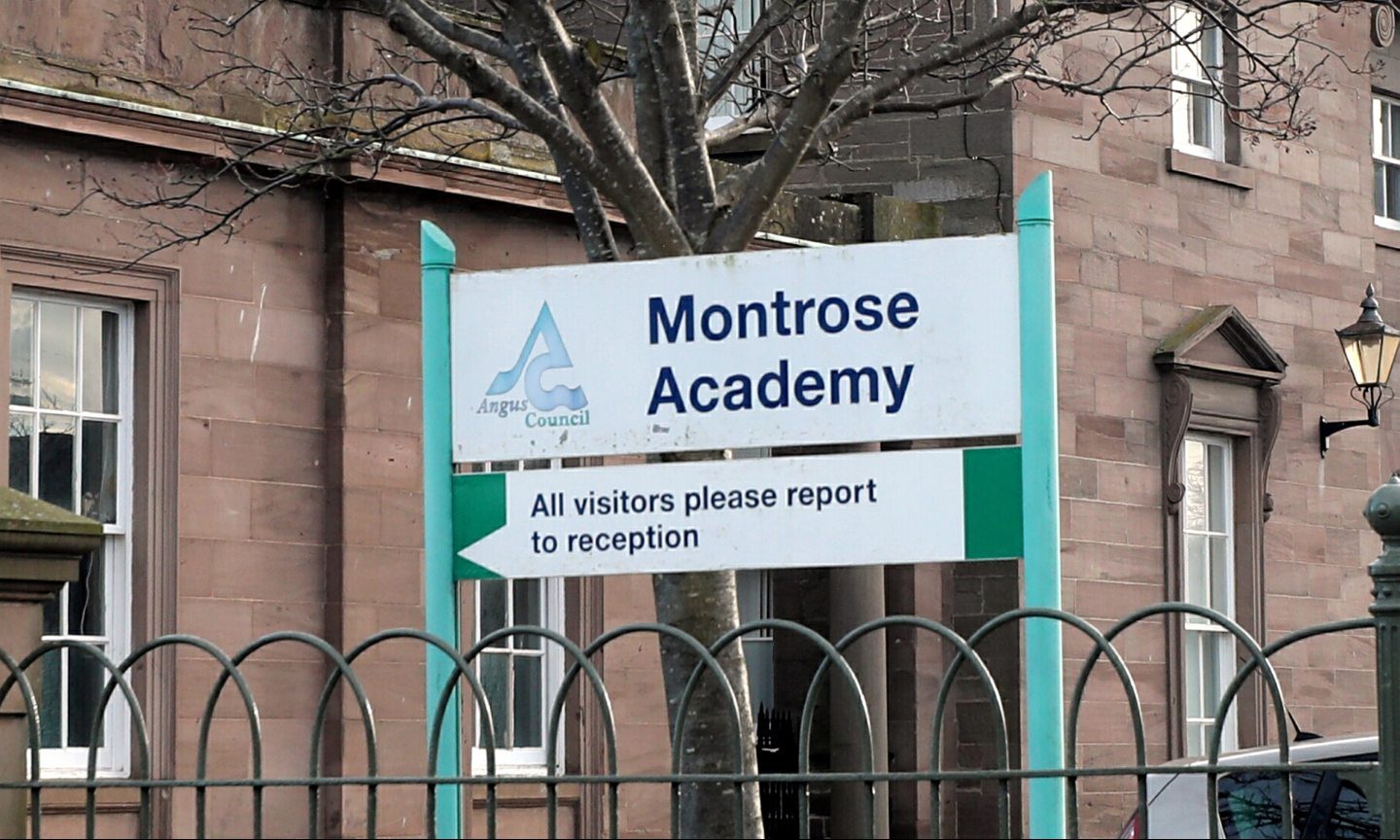

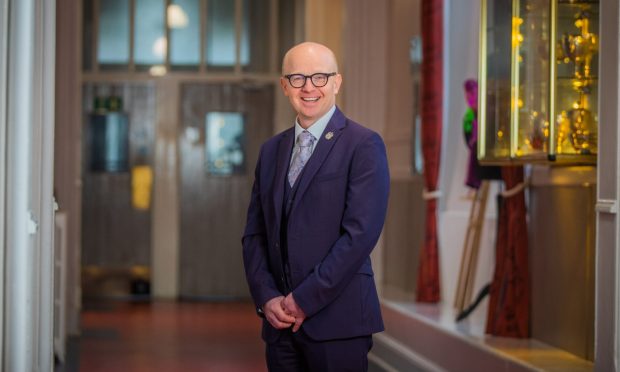
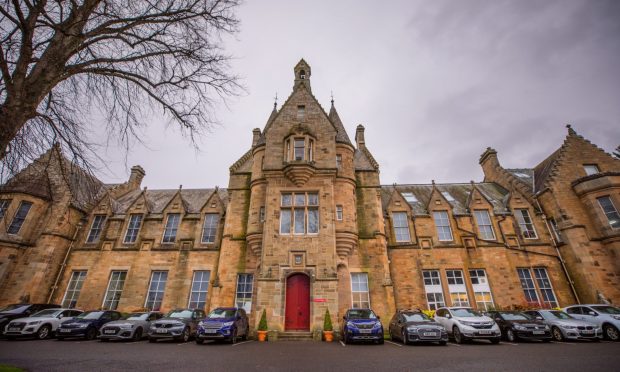
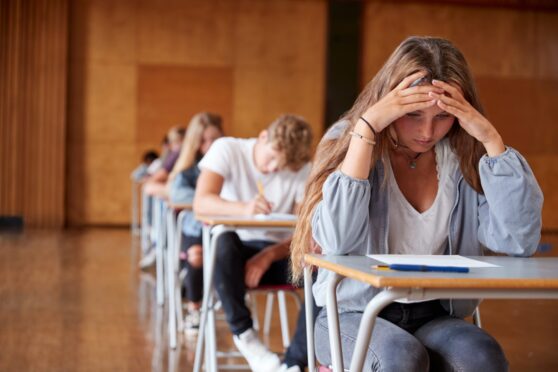


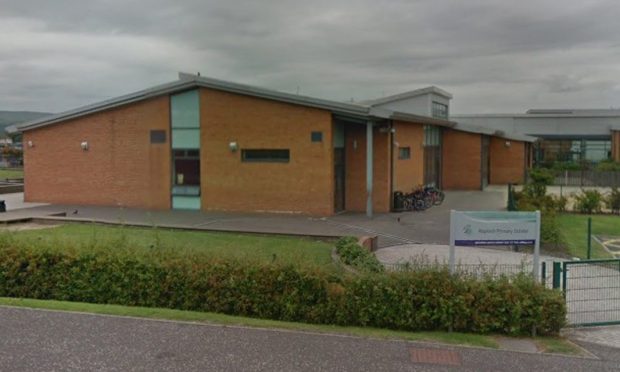
Conversation